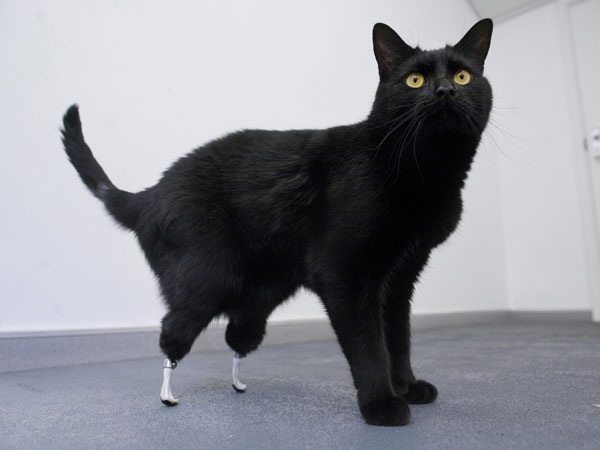

Scientists just can’t leave animals well enough alone. In some cases, it’s for our benefit, whether we want to create new medicine, create better drug-sniffing dogs, or just breed giant delicious salmon. But sometimes it’s for the animals themselves, shown with groundbreaking prostheses or embedded GPS to protect endangered animals from poachers. Check out our gallery of twelve of the craziest ways scientists are messing with animals.
Click to launch our tour of science-customized animals
Whether these are good or bad for us, ethically, morally, environmentally…well, those are arguments that won’t stop raging anytime soon. (See the truckload of legislation attempting to variously ban or promote genetically modified animals for food, if you want an exhausting amount of examples.) One thing, at least, is beyond arguing: Those cloned drug-sniffer puppies are super cute, right guys?











